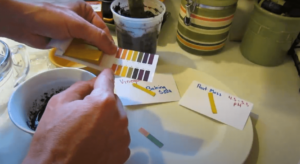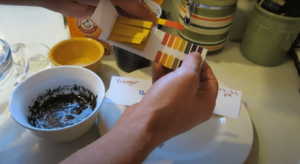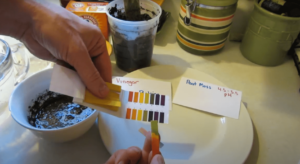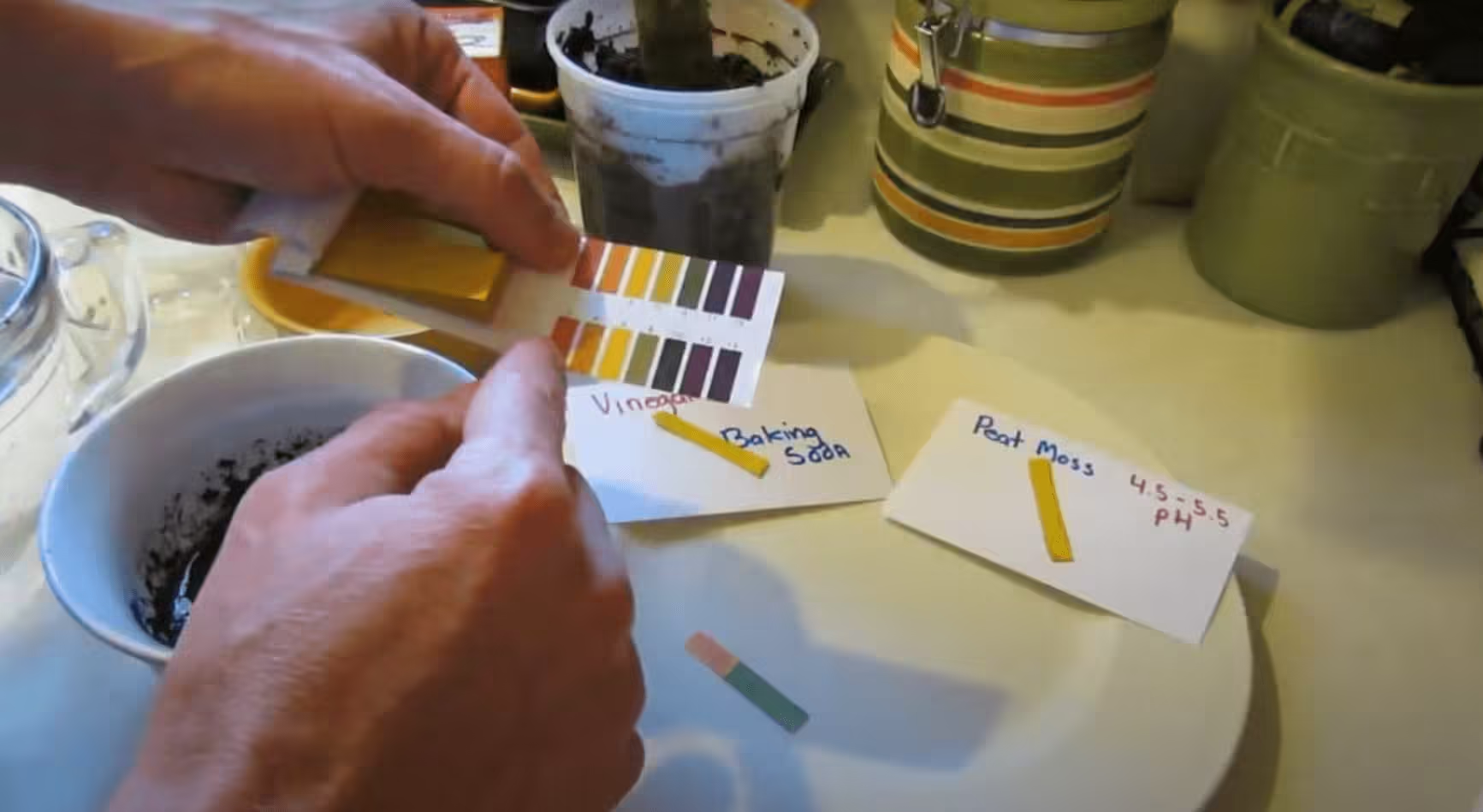How to Test Your Garden Soil’s pH Using pH Test Strips
Knowing the pH level of your garden soil is a big deal. It affects how nutrients get to your plants and can really impact their growth, so testing and adjusting the pH when needed is a must. In this guide, I’ll show you how to use pH test strips to figure out your soil’s pH level, so you can give your plants the best growing conditions possible!
Best way how to check soil ph at home
You can check soil pH at home using several methods. The simplest involves using pH test kits or strips, which are widely available. To use these, mix a soil sample with distilled water, following the kit’s instructions, and then dip the test strip into the solution to compare the color change to the provided scale. Another method involves mixing soil with vinegar (for alkaline soil) or baking soda (for acidic soil) and observing the reaction: fizzing indicates acidity or alkalinity. For a more accurate measurement, you can purchase a digital pH meter, which requires similar preparation of a soil-water mixture but provides a precise reading. Regular testing will help you maintain optimal soil conditions for your plants.
What are Test Strips for?
Test strips are used to measure the pH level of a substance, such as soil or water, to determine its acidity or alkalinity. Soil pH measures the acidity or alkalinity of your soil, with a pH scale ranging from 0 to 14. A pH of 7 is considered neutral, while values below 7 indicate acidic soil and values above 7 indicate alkaline soil. Different plants thrive in different pH levels; for example, blueberries prefer acidic soil, while many vegetables and flowers prefer a neutral to slightly acidic pH. Knowing your soil’s pH can help you make informed decisions about which plants to grow and what soil amendments to add. Learn more about How to Test Soil’s pH Using pH Test Strips pdf
what do you need for the test soil ph with strips?
For soil ph test experiment, you will need a few simple materials:

- pH Test Strips: These are inexpensive and can be easily found online or in garden stores. The strips come with a color scale that helps you determine the pH level based on the color the strip turns after being in contact with your soil.
- Rainwater or Distilled Water: It’s important to use either of these instead of tap water, as tap water can contain minerals and chemicals that might skew your results.
- A Bowl: This will be used to mix your soil sample with water.
- Soil Sample: Take a small sample of the soil you want to test, about one to two tablespoons.
soil ph test Analysis
Preparing the Soil Sample
- Collect the Soil Sample: Take one to two tablespoons of soil from your garden and place it in a bowl. If you’re testing multiple areas of your garden, collect separate samples for each area.
- Mix with Water: Add enough rainwater or distilled water to the soil to create a consistency similar to that of a milkshake. This mixture ensures that the test strip will accurately measure the pH of the soil.
- Let It Sit: Allow the mixture to sit for about an hour. This waiting period allows any chemical reactions between the soil and water to take place, ensuring an accurate pH reading.
Test Soil pH Using Test Strips

- Insert the Test Strip: After the soil mixture has sat for an hour, insert a pH test strip into the mixture. Leave it in the mixture for about 20 to 30 seconds.
- Observe the Color Change: As the test strip reacts with the soil mixture, it will change color. This color corresponds to the pH level of your soil.
- Rinse and Compare: After the strip has been in the mixture for the allotted time, remove it and rinse it with distilled water or rainwater. Then, compare the color of the strip to the provided color scale to determine your soil’s pH.
how to Understand Your Test Strip Results

Once you have your pH reading, compare it with the optimal pH range for the plants you wish to grow. If your soil is too acidic or too alkaline, you may need to amend it by adding lime (to raise pH) or sulfur (to lower pH). Regularly testing your soil’s pH will help you maintain an ideal growing environment for your plants.
Why Test Strips Are a Great Solution for pH Control?
Using pH test strips is a simple and cost-effective way to monitor the pH level of your garden soil. For just a few dollars, you can gain valuable insights into your soil’s condition, helping you to make informed decisions about soil amendments and plant selection. By regularly testing and adjusting your soil’s pH, you can ensure that your garden remains healthy and productive year after year.
how to test ph of soil with ph paper
To test soil pH using pH paper, start by collecting a soil sample from the area you want to test, ideally from the top few inches. Remove any debris and break up any clumps. Next, mix one part soil with two parts distilled water in a clean container, stirring well to create a slurry. Allow the mixture to settle for a few minutes, then take a small piece of pH paper and dip it into the liquid above the settled soil. Remove the paper and wait for a few seconds, then compare the color change on the pH paper to the provided pH scale to determine the soil’s acidity or alkalinity.
